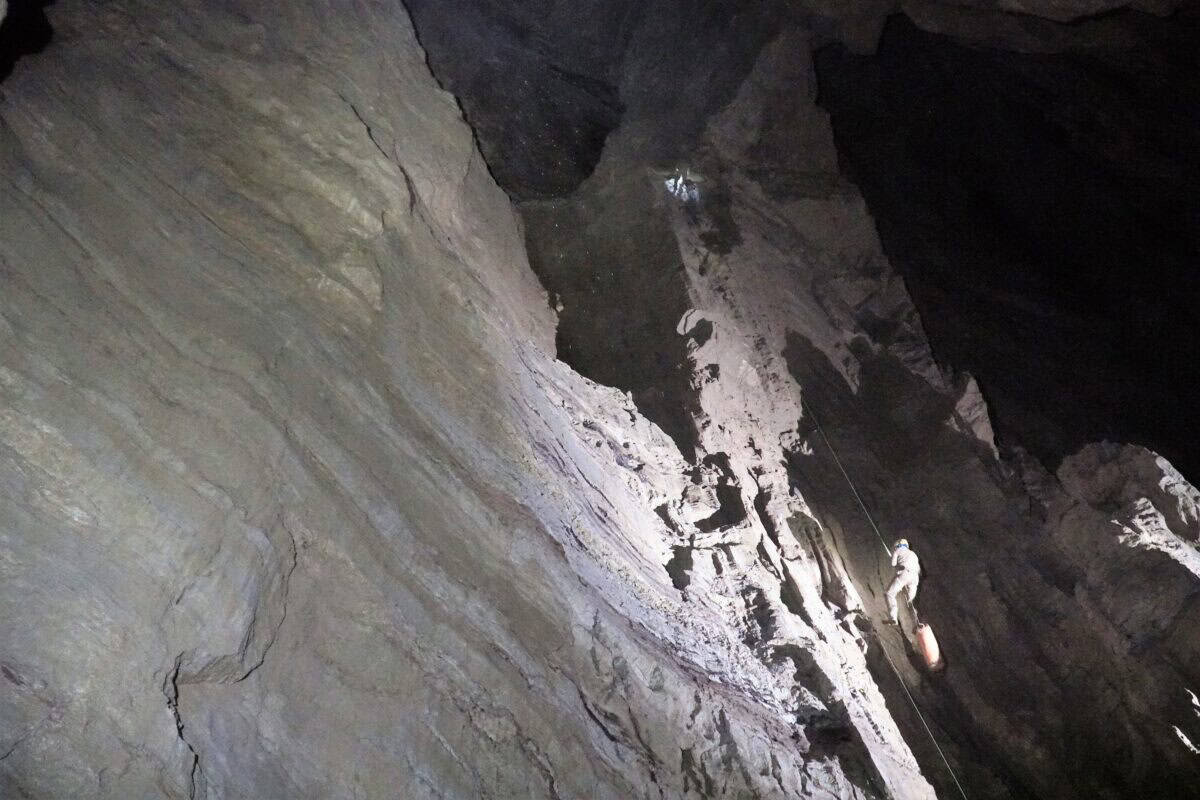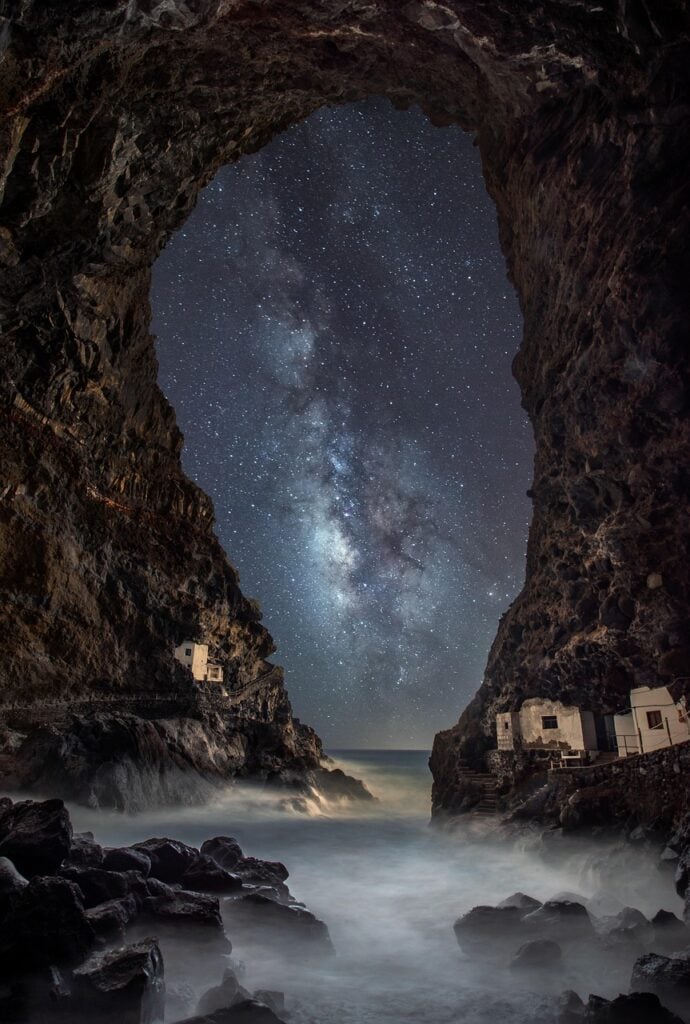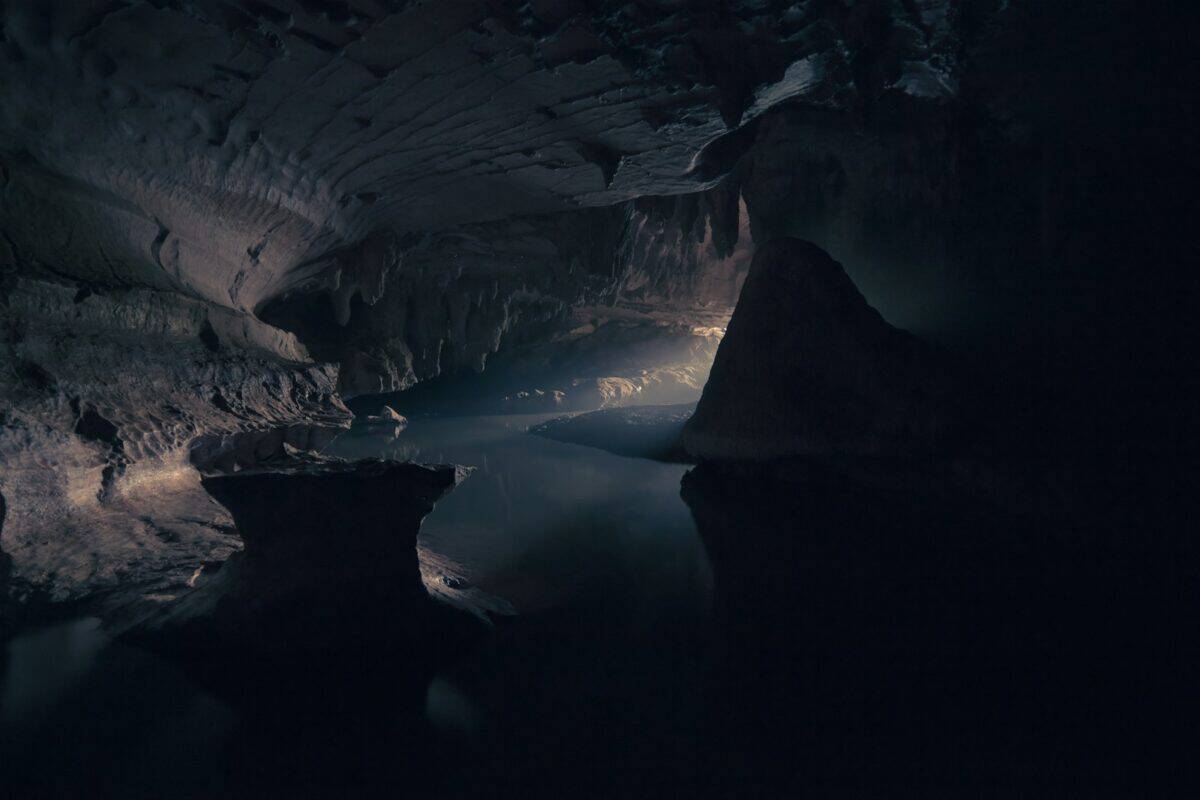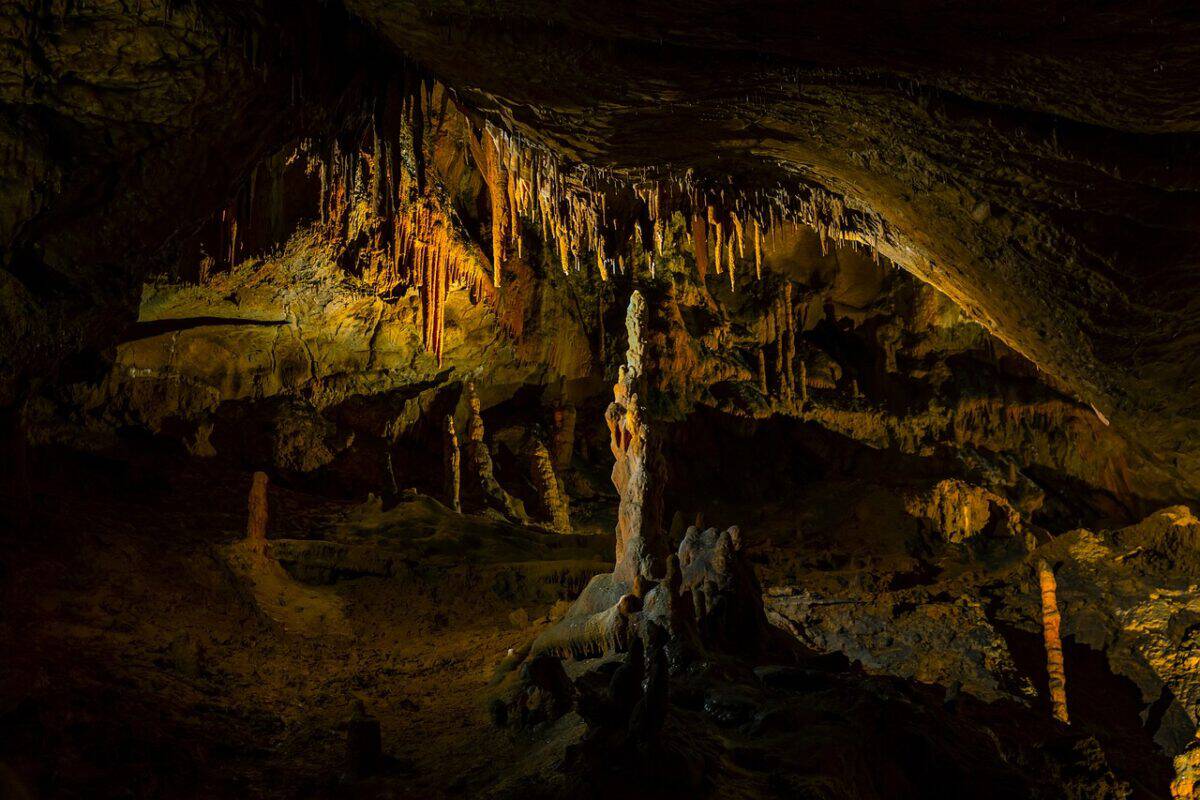Deep beneath the Earth’s surface lies a world of complete darkness and mystery. As adventurers and scientists continue to push the boundaries of exploration, one landmark discovery recently emerged from the depths of what is now known as the deepest cave on Earth. This unprecedented exploration uncovered startling phenomena, both terrifying and intriguing. Join us as we descend into this subterranean world, unravelling its secrets and uncovering its dark wonders.
Cave System Overview: Where Darkness Reigns

Known as Veryovkina Cave, this marvel of nature plunges to a staggering depth of 2,212 meters (7,257 feet) beneath the surface. Located in the Western Caucasus in Georgia, the cave stretches on with intricate passageways and vast chambers, forming an underground labyrinth. These passages have challenged explorers for decades, slowly revealing a record-breaking vertical depth that outstrips all other known cave systems.
Natural Formations: Beauty and Dread

Within the confines of Veryovkina Cave, explorers encountered breathtaking geological formations. Stalactites and stalagmites, centuries in the making, create a stunning landscape. However, these formations also hint at the terrifying pressure and extremes of the environment, which could lead to sudden rockfalls, adding to the hazards of exploration.
Extreme Environments: The Perils of Exploration

The cave’s depths present a harsh environment, with temperatures remaining consistently around 4 °C (39 °F) and 100% humidity creating a perpetual chill. Explorers face hypothermia, oxygen deprivation, and the constant risk of flooding during sudden downpours. These conditions, while a part of the thrill of exploration, present potentially life-threatening challenges to those who venture into this abyss.
A Haunting Silence: The Sound of Isolation

In this profound darkness, silence dominates the cave’s passages, broken only by the echoes of dripping water or a distant movement. Such isolation creates a disorienting atmosphere that has been described as hauntingly eerie, playing on the psychological endurance of even the most seasoned spelunkers.
Unbelievable Discoveries: Unseen Life Forms

Amidst the void, life exists. Explorers discovered unique microbial communities thriving in this extreme environment, illuminating how life can adapt to conditions once thought uninhabitable. These organisms suggest the potential for life under similar conditions beyond our planet, raising exciting possibilities in astrobiology.
Technological Marvels: Advancements in Cave Exploration

Breaking such barriers requires cutting-edge technology. High-resolution 3D mapping tools, improved lighting, and other innovations have allowed researchers to navigate and document the cave’s intricate layout safely and efficiently. These advancements are crucial in pushing the limits of human exploration and understanding of such subterranean realms.
Paleoclimate Insights: Earth’s Ancient Climate

The cave may also preserve secrets of Earth’s ancient climate within its formations. Speleothems provide records of past environmental conditions and rainfall patterns. By analyzing these formations, scientists hope to glean insights into the Earth’s climate history and potential future climate evolutions.
Psychological Effects: The Mental Challenge

Beyond physical challenges, cave exploration imposes significant mental pressure on adventurers. The claustrophobic environment, isolation, and the constant awareness of danger test the psychological resilience of explorers, underscoring the mental fortitude required to undertake such hazardous journeys.
The Human Drive: Exploration and Curiosity

The exploration of Veryovkina Cave epitomizes the human spirit of adventure and the innate drive to conquer the unknown. Each discovery fuels our collective curiosity and propels science forward, encouraging further explorations and deeper understandings of our planet’s hidden worlds.
Environmental Concerns: Preserving Pristine Ecosystems

As explorers venture into these uncharted territories, concerns about preserving the pristine nature of these ecosystems arise. Ensuring that exploration is done sustainably and ethically is paramount to protect these unique environments from human impact and preserve them for future generations.
The terrifying and fascinating discoveries within Veryovkina Cave remind us of the vast unknown that still lurks beneath our feet. As we continue to probe the depths of this subterranean wonderland, we not only learn about the limits of life on Earth but also gain inspiration for the enduring human quest for knowledge. The silent darkness beckons to those brave enough to explore, offering glimpses into a world few have seen and mysteries waiting to be unearthed.
- Wild Horses Still Roam the Outer Banks of North Carolina, and Their Origins Are a Mystery - August 20, 2025
- 14 Dangerous Animals That Have Been Spotted in US Backyards - August 20, 2025
- How Leafcutter Ants Use Fungus to Grow Their Own Food - August 20, 2025

